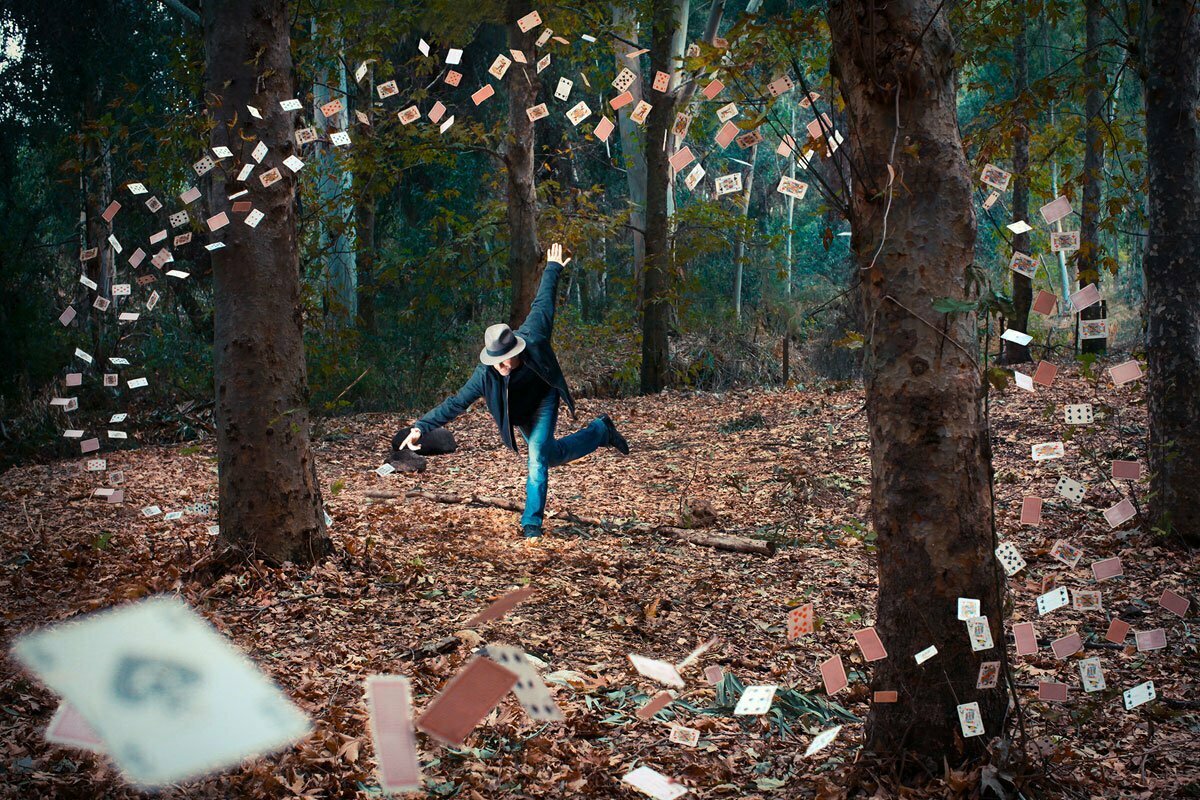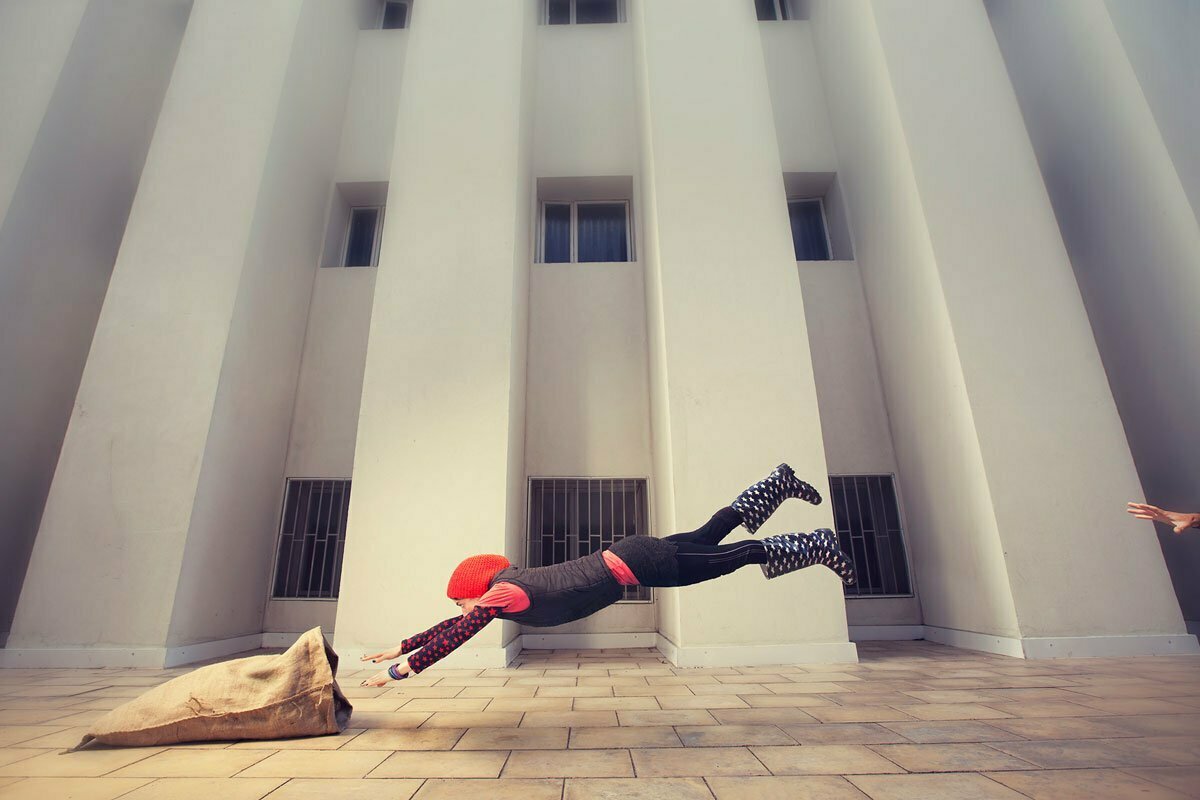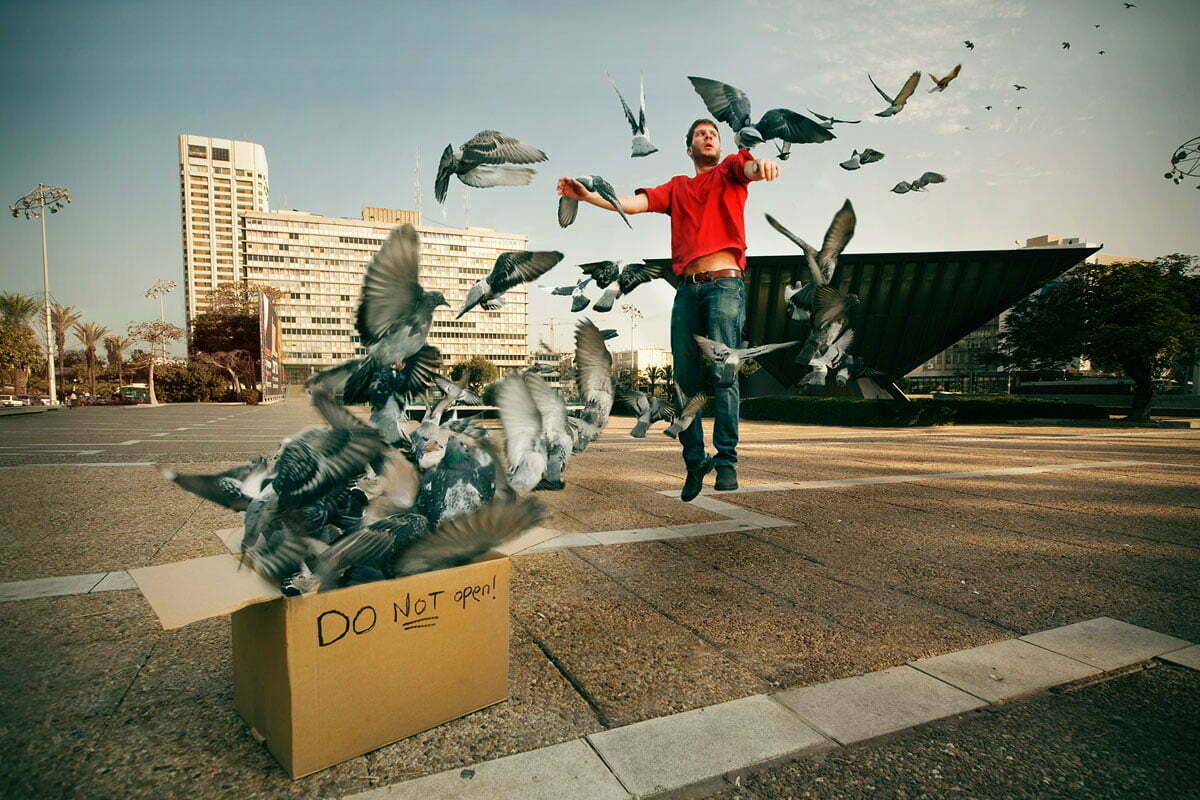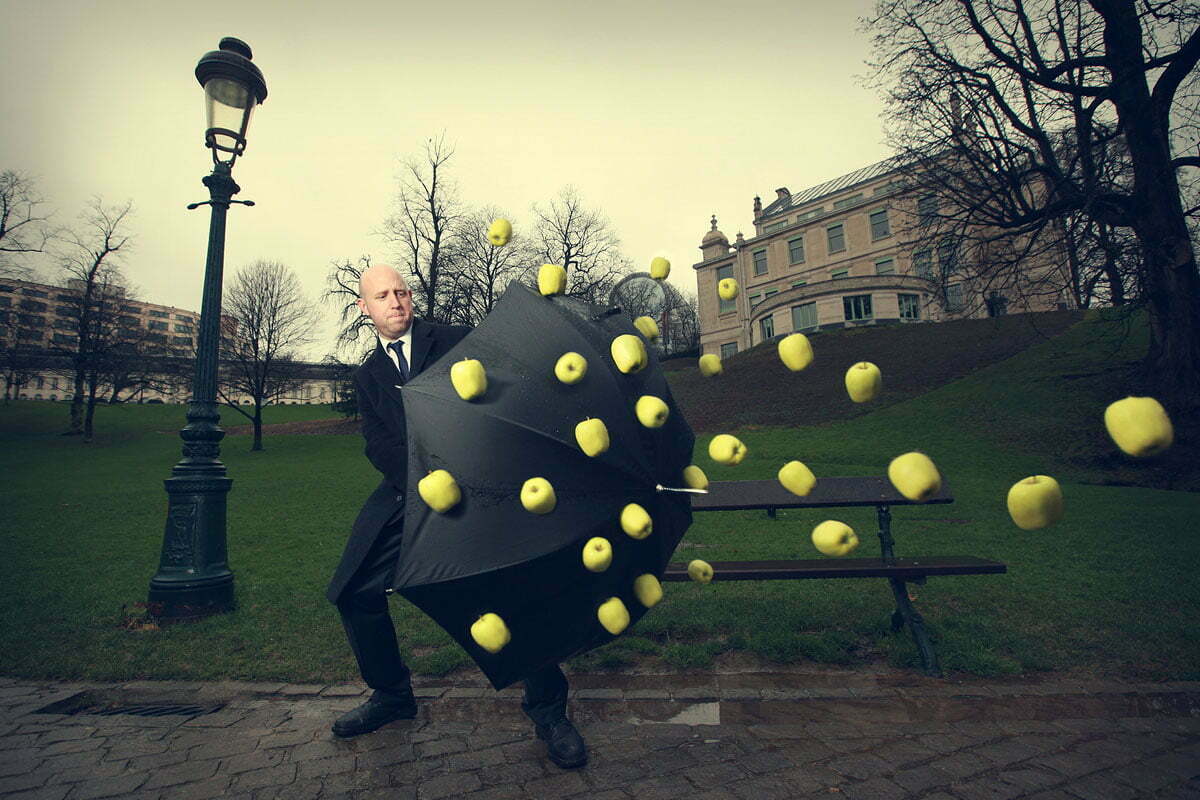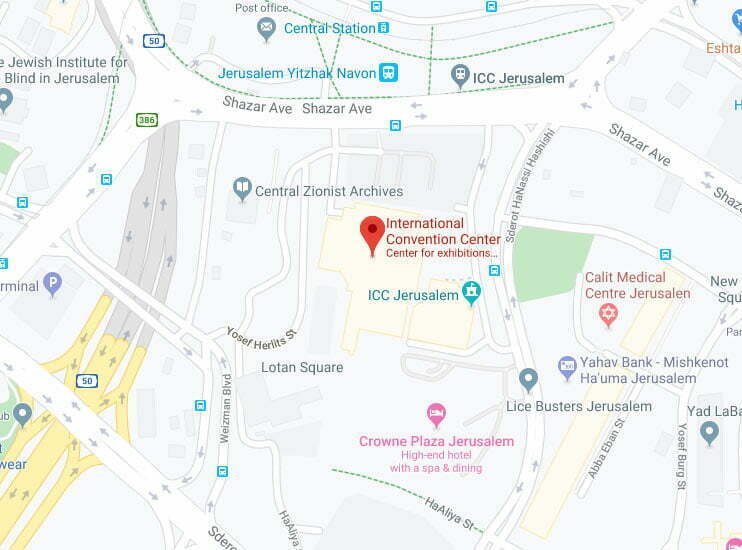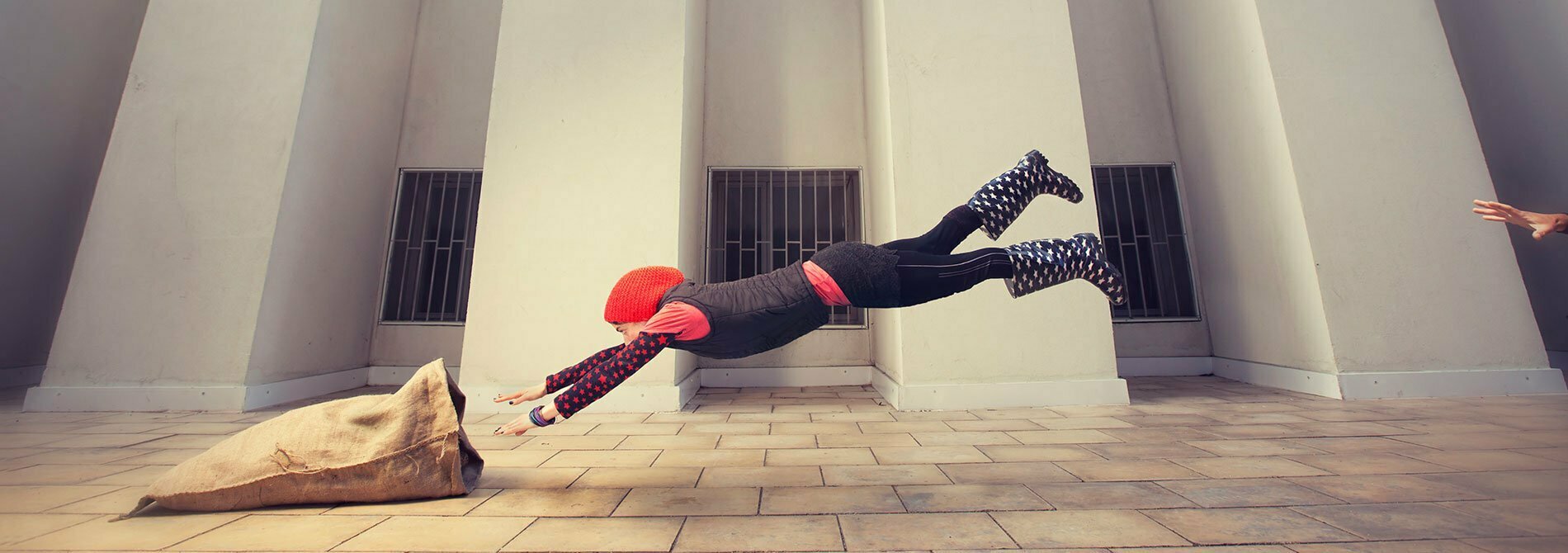
Surrealist Cushion Project
The surrealist movement developed in Paris during the First World War. Traditional art was unable to portray the atrocities of war, its despair, and frustration. Members of the new movement sought to defy the artistic and political establishment, to challenge traditional mindsets and undermine the existing social order. They were influenced by psychoanalytical theories about the subconscious and the meaning of dreams and sought to break through the barrier between the conscious and unconscious mind, to expose the human soul and release its hidden urges and desires.
Many of them were involved in photography. In the 19th century, photography was used mainly for purposes of documentation, whereas from the start of the 20th century onwards, photography gained momentum as a medium of modern art. Artists like Man Ray, Moholy-Nagy, Alexander Rodchenko, Berenice Abbott, and others, sought to undermine the “concept of the direct view” through distortion and juxtaposing unrelated objects in order to create fantastical scenes and shockingly bizarre imagery.
Ronen Goldman was greatly influenced by this illusionist surrealism. His photography is academic; his works are figurative – with a familiar shape and appearance – but the contents are fantastical and unexpected. Many of his works contrast human objects with natural surroundings, or natural objects with planned human environments, thus corresponding with the works of “classical” surrealists such as René Magritte, and even with films such as Alfred Hitchcock’s “Birds”.
He also makes use of optical illusions, hovering contrary to the laws of gravity, and duplication of an object to create reality and its reflection that would not occur in reality. In the best surrealist tradition, he depicts dreams, nightmares, hidden passions, and fears, while seemingly shattering social norms and the laws of nature. The scenes, pre-planned and carefully staged, are shot in the field with flash lighting and then edited in Photoshop. Goldman creates a scenario; he is the choreographer, director, lighting man, and photographer. The outcome is fantastical, illogical, tricky and challenging, but mainly it is surprising and entertaining.
Eran Litvin, Curator

